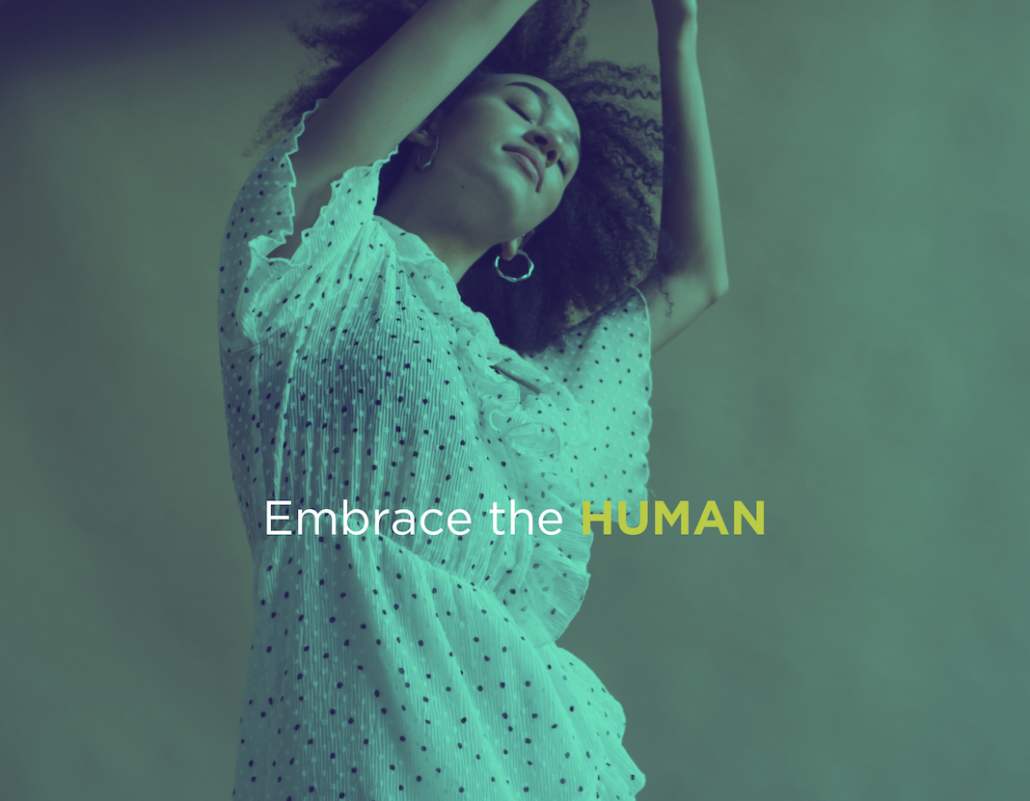Why Patient Activation Needs to Start with People
Living in The Jetsons’ world has become a reality on some levels. Once deemed comically futuristic, we have flying cars, vertical cities, smart bathrooms, robot assistance, smart homes and appliances, video meetings, 3D-printed food, and even jet packs. While technology can push us forward, it has to serve us first and not replace the human side of healthcare with Dr. Rosie. Humanity always comes first. In today’s medical landscape, we look to the term patient activation.
Patient activation is defined by typically verbose med-tech language as an “understanding of one’s role in the care process and having the knowledge, skill, and confidence to manage one’s health and health care.” In layman’s terms, it means getting the patient to be a more significant part of their healthcare process.
We’ve been in the patient engagement space long enough to take a pause at the way the healthcare industry throws around “patient activation.” The term “activation” is a technology term, as if one flips a switch to “activate.” Is there really a technology that can activate patients and fully change their long-term behavior? If it sounds too good to be true, then it almost always is.
With advancements in patient engagement technology, we actually lose touch with the role of human connectivity. Building confidence to “manage one’s health and health care” goes beyond a click.
You need a conversation.
While technology is effective in reaching patients, technology alone falls short of building trust to engage (err…activate) patients who are sick, frustrated, confused, and most likely come with a whole lot of questions. We have disconnected from the fact that we are human beings, and when we experience change or distress, we need to talk to a human—not an artificial robot or chatbot. Humans help support us and guide us through therapy.
Technology provides amazing advancements in support activities, but when it comes to activating patients, technology falls short of making the connection needed to build confidence and trust in taking care of one’s self.
We must stay grounded; patients are at their most vulnerable state. Technology can provide insight and suggest guidance with the “next best steps,” but what happens when we begin to feel vulnerable? We shut down. What happens when we receive a deluge of information via notifications, text messages, emails, devices, and Google, all telling us something different about our health journey? We get overwhelmed. Do we turn to more technology to cut through the noise? Which technology do we trust?
The AMA recently released a study identifying that the top five out of eight barriers to medication adherence are emotionally related. The number one reason for non-adherence is fear: “What is going to happen to me if…”
The only way to address barriers is human-to-human connection. You wouldn’t ask Siri or Alexa for emotional support. You ask someone who can empathize with you.
Activation is not easy because humans need to process information in a human way. Just like the confusing language we use in medical technology, we need to learn to speak like a human to patients so they don’t become overloaded with information and then paralyzed to take the next step, known in our language as “analysis paralysis.” Processing a new health diagnosis takes time and probably multiple conversations. Patients need someone to acknowledge their feelings and recognize they are not alone.
Making sense of a diagnosis, understanding medication regimens, and then understanding the different support programs that are available for patients are what create long-term behavior change. Lead with humans, reinforce with digital.
Don’t replace humans. Embrace it.
If you can’t get enough of this topic check out Pleio’s “Must-Haves and Predictions for Patient Engagement in 2024” webinar with top pharma leaders discussing patient engagement initiatives now and in the future.

